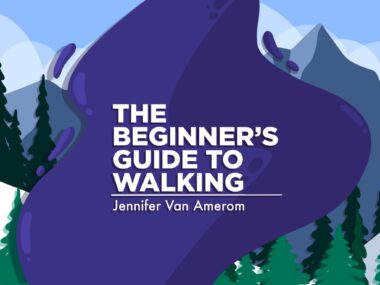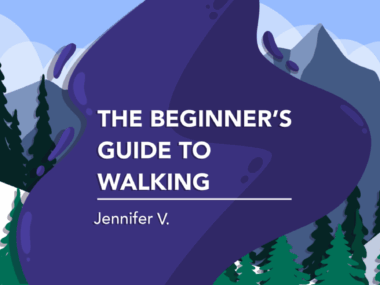How I’m processing ongoing trauma by creating space for myself
I've realized there is no deadline for my healing
Written by |

It’s been some time since my last neuromyelitis optica spectrum disorder (NMOSD) attack, and lately, I’ve started to realize just how traumatic the previous year was for me. I recognize that I’m holding in this trauma and still fear another attack, and it’s adversely affecting my life.
With more time to myself lately, I’ve gained clarity. I see the toll the past year has taken not only on me, but also on my family, who has stood beside me through everything.
I’ve been trying to create a safe space that allows me to process it all. I do that in the early mornings, when I’m by myself, drinking a cup of tea. I’ll also walk the dog or take a warm bath and think about how tough I’ve had to be through everything: the endless trips to the emergency room, the hospitalizations, the needles, the plasma exchanges, the port in my chest, and the sympathetic looks from those around me. I have no idea how I survived.
One of the most important thoughts I’ve had is recognizing that there is no deadline for my healing. I don’t have to rush while working through a year of trauma.
A story of pain
When I make time to speak with my therapist, we unpack my feelings and process all these difficult memories. I’m angry at, disappointed in, and impatient with this process of physical and mental healing. I hate my body and what it looks like. In the end, mine is a story of pain, and I’m desperately trying to reclaim my narrative.
One of the hardest habits to break has been the way I respond to discomfort and the patterns that reinforce my trauma. The minute something feels off, I’ll spiral. “Is this a new symptom? Another relapse?” I’ll wonder. It’s as if my trauma echoes louder than reason, despite the fact that I’m on a new treatment that’s working.
My relationship with my body has changed because I’m allowing myself to echo my trauma. This unhealthy pattern doesn’t protect me from the mental damage caused by NMOSD, but rather, it keeps me stuck in one of the most difficult years of my life.
Trauma also has a way of leaving behind a harsh inner critic, so I’m working on how I speak to myself. Self-compassion doesn’t come easily to me. But now, I try to speak to myself as I would to a friend in need. I’m practicing affirmations, grounding exercises, and mindfulness. Still, old thought patterns fight back. It feels like an angel and a devil are battling in my mind.
But healing isn’t all seriousness. Joy has a place, too. I try to focus on the little things that bring me joy, like driving with my daughter while we sing at the top of our lungs. Driving was taken away from me for most of that year because of vision loss and spasms. So this joy, this freedom, feels hard-won.
These moments of laughter, play, and creativity remind my nervous system that we’re safe. I’ve started dreaming again of climbing a volcano, exploring Indonesia to reconnect with my roots, and visiting the fjords of Norway.
Slowly, I’m learning that triggers and painful memories won’t vanish overnight. But that doesn’t mean I’m powerless. I’m rebuilding my self-respect, creating routines that make me feel safe, and honoring the growth that came from my most difficult year. Letting go of trauma doesn’t mean denying its impact. It means choosing to move forward on my own terms, with grace, courage, and compassion, even if it takes just as long as when it all happened.
Note: Neuromyelitis News is strictly a news and information website about the disease. It does not provide medical advice, diagnosis, or treatment. This content is not intended to be a substitute for professional medical advice, diagnosis, or treatment. Always seek the advice of your physician or other qualified health providers with any questions you may have regarding a medical condition. Never disregard professional medical advice or delay in seeking it because of something you have read on this website. The opinions expressed in this column are not those of Neuromyelitis News or its parent company, Bionews, and are intended to spark discussion about issues pertaining to neuromyelitis optica spectrum disorder.







Leave a comment
Fill in the required fields to post. Your email address will not be published.